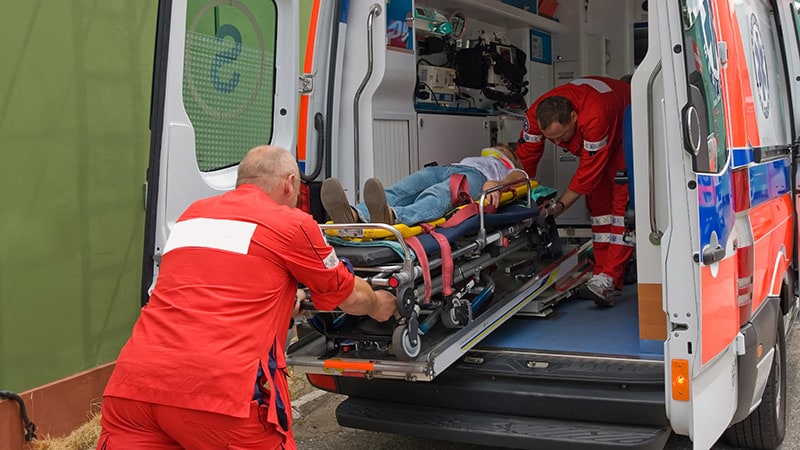Takeaway
- Among survivors of ischaemic stroke or transient ischaemic attack (TIA), the subsequent rate of stroke mimics was 73% higher than that of recurrent stroke during follow-up, with the former most common in the first several months.
Why this matters
- Better understanding of stroke mimics and their pattern of occurrence may aid diagnosis.
Key results
- During a mean 5.6-year follow-up, 18.1% of survivors had a stroke mimic event.
- Cumulative rates:
- Stroke mimic: 58.7 per 1000 person-years.
- Recurrent stroke: 34.0 per 1000 person-years.
- Risks for both highest in first year after stroke/TIA.
- Stroke mimic diagnoses:
- Sequelae of cerebral infarction (19.8%).
- Medical observation/evaluation for suspected cerebrovascular disease (15.6%).
- Infection (14.0%).
- Seizure (9.6%).
- Dizziness and vertigo (8.3%).
- Migraine and other headaches (7.7%).
- Syncope and collapse (7.1%).
- Sequelae of cerebral infarction and medical observation/evaluation clustered in first 3 months after stroke/TIA.
Study design
- Norwegian single-centre hospital-based prospective cohort study of 1872 adult survivors of ischemic stroke or TIA diagnosed during 2007-2013.
- Main outcomes: recurrent strokes and stroke mimics ascertained by admission with diagnostic workup.
- Funding: None disclosed.
Limitations
- Possible underestimation of events.
- Unknown generalisability.
References
References



